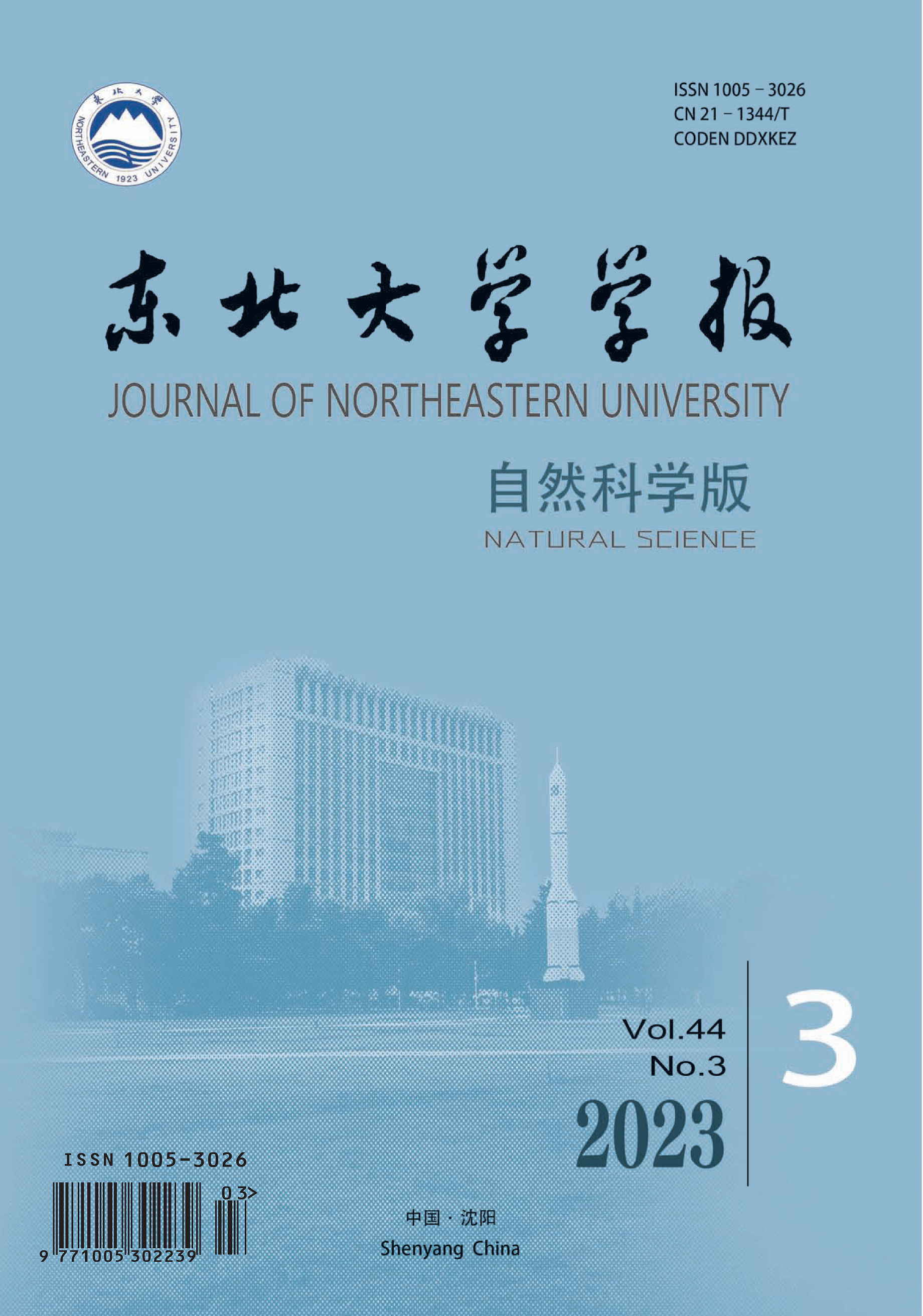|
Strain Estimation Method Based on 2D Companding and Optical Flow
ZHANG Yaonan, LI Hongliang, ZHENG Hairong, KANG Yan
2014, 35 (7):
917-921.
DOI: 10.12068/j.issn.1005-3026.2014.07.002
In order to get accurate strain estimation in ultrasound elastography, it is important to eliminate the decorrelation caused by the lateral displacement of the longitudinal compression. A new strain estimation method was proposed by combining the twodimensional companding and optical flow method. First, the twodimensional Hibert transformation was used to convert the original ultrasound RF signals to the analytical signals by the envelop detection. Then, the block matching method was used to get the motion vectors of 16 subblocks. Based on the motion vectors, a linear regression method was used to estimate the parameters of the twodimensional companding. After the twodimensional companding, the optical flow method was employed to estimate the subpixel motion. Experimental results showed that the overall strain estimation accuracy and robustness could be enhanced by the proposed twodimensional companding methods. The longitudinal displacement and longitudinal strain obtained by the proposed method were basically consistent with those obtained by the finite element simulation, which proved the correctness of the new method.
Related Articles |
Metrics
|

